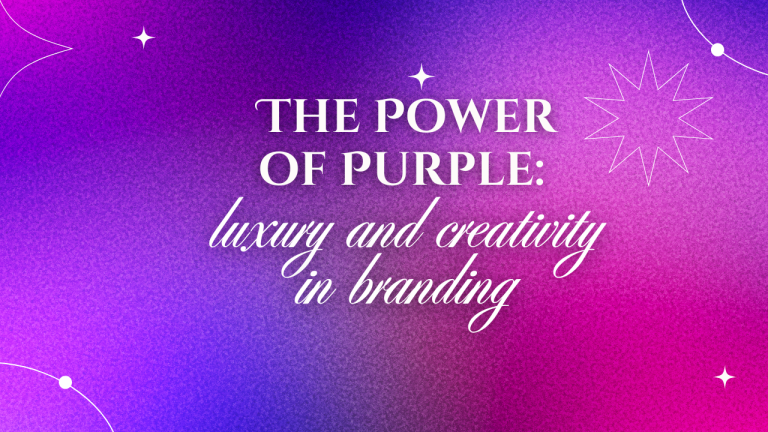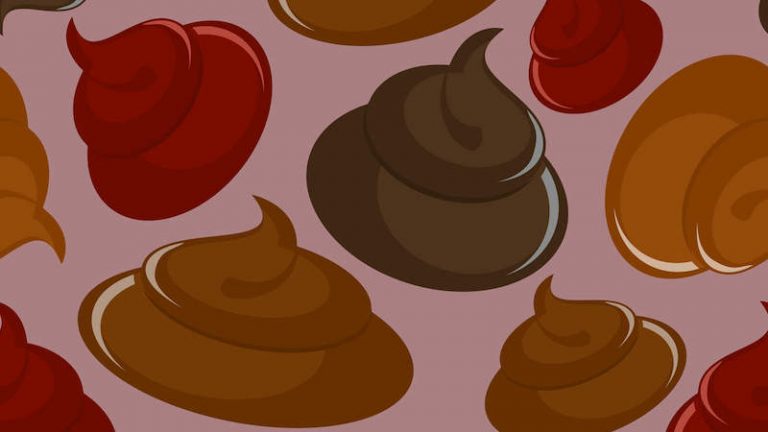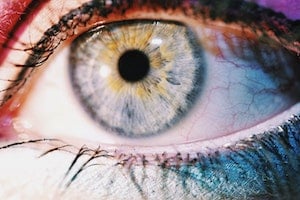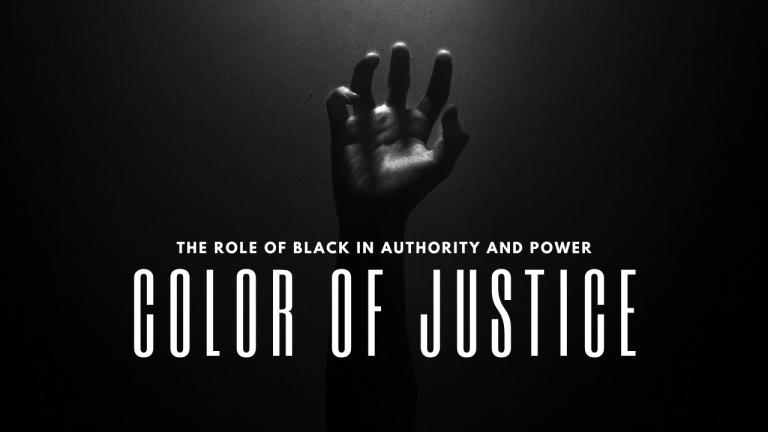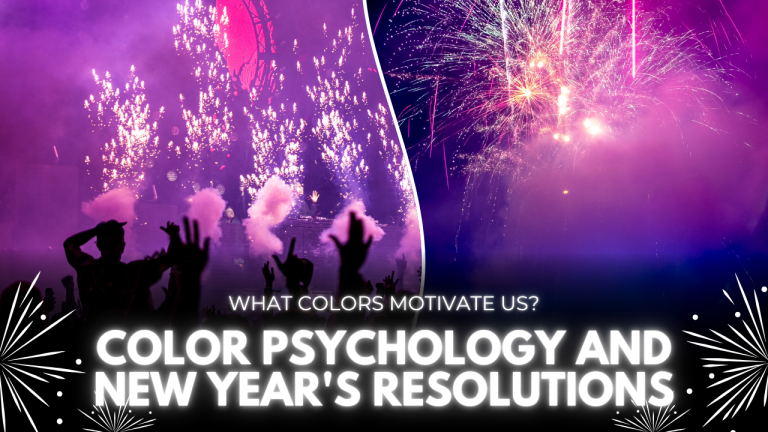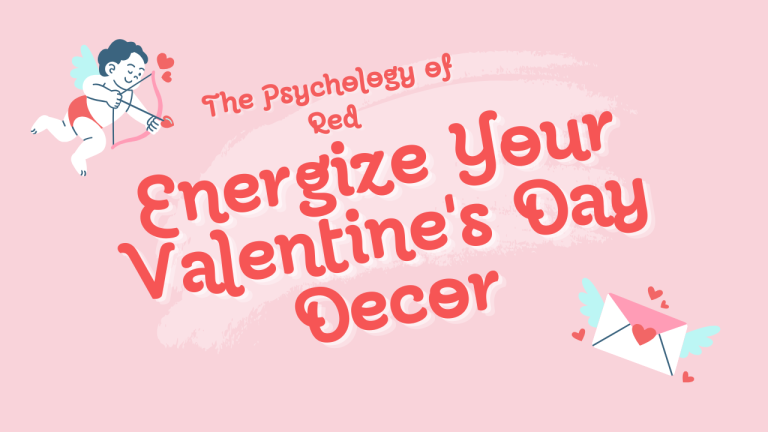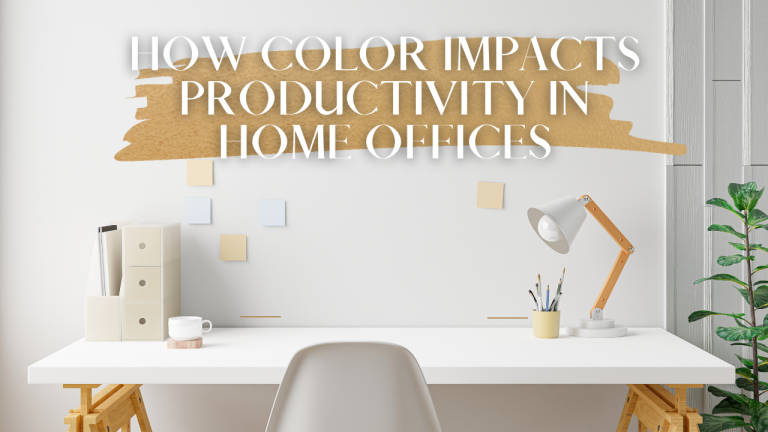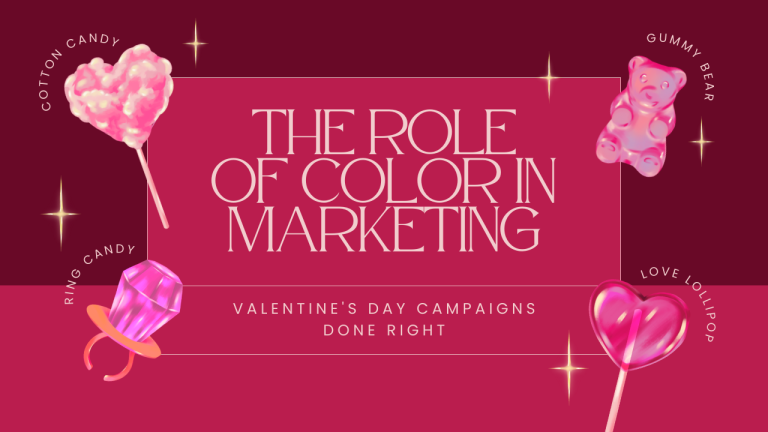Color psychology has captivated scientists, designers, and artists for years, with the psychology of yellow standing out as a particularly interesting color in the realm of human emotion. Known for its association with sunlight, warmth, and brightness, yellow has rightfully earned its title as the color of cheerfulness. The link between yellow and human psychology goes beyond simple preference, delving into essential elements of our perception, cognition, and emotional reactions. Recent scientific research has started to uncover the intriguing relationship between this lively color and our psychological health, offering compelling insights into how our brains interpret and react to the color of sunshine.
The Science Behind the Psychology of Yellow Perception
When we see the color yellow, our eyes detect light waves with wavelengths ranging from 570 to 590 nanometers, making it one of the most noticeable colors in the spectrum. The human eye tends to process yellow before any other color, which is why it’s commonly used in warning signs and on emergency vehicles. This increased visibility prompts quick neural reactions that can affect our psychological and physical states. Studies suggest that our strong response to yellow may have evolutionary origins, as it aided our ancestors in recognizing ripe fruits and spotting potential threats in their environment.
Neurological Response to Yellow
Research in neuroscience indicates that being around the color yellow can boost serotonin production, commonly referred to as the “happiness hormone.” This neurotransmitter is essential for managing mood, anxiety, and overall happiness. When light reaches our eyes, it activates intricate neural pathways that impact our endocrine system, which may help explain why yellow surroundings can affect our emotions.
Primary Yellow Shades and Their Effects
-
Sunshine Yellow (Hex: #FFD700): The most energetic and mood-lifting shade of yellow.
-
Cheerful Lemon (Hex: #FFF44F): Bright and stimulating, associated with clarity and focus.
-
Soft Butter (Hex: #FFF8BC): Gentle yellow that promotes calmness and comfort.
-
Golden Yellow (Hex: #FFBF00): Rich and warm, associated with optimism and confidence.
-
Canary Yellow (Hex: #FFEF00): Vibrant and attention-grabbing, energizing shade.
Complementary Colors for Balance
-
Calming White (Hex: #FFFFFF): Provides rest for the eyes when combined with yellow.
-
Soft Grey (Hex: #F5F5F5): Neutral backdrop that allows yellow to shine without overwhelming.
-
Light Sky Blue (Hex: #87CEEB): Creates balance with yellow for a mood-lifting combination.
-
Warm Beige (Hex: #F5F5DC): Subtle neutral that complements yellow’s energy.
-
Pale Lavender (Hex: #E6E6FA): Provides gentle contrast to yellow’s brightness.
Psychological Impact and Cultural Significance
Throughout various cultures and eras, yellow has been linked to feelings of positivity and optimism. Research in color psychology indicates that yellow can boost mental activity and energize muscles. Being in yellow surroundings can improve focus and memory, and this color might activate the left hemisphere of the brain, which is associated with logical reasoning.
On the flip side, studies have uncovered some intriguing contradictions. Bright yellow can lead to visual strain, and some shades might provoke headaches in those who are sensitive. The effects can differ greatly based on how and where the color is used.
Yellow in Different Contexts
In interior design, yellow is frequently utilized to foster warm and inviting environments. Research indicates that yellow kitchens can boost appetite and encourage social interaction, while yellow offices might improve creativity and productivity when applied in moderation. Studies in consumer psychology reveal that yellow can draw in window shoppers and instill a sense of urgency, although it is seldom employed by luxury brands, as its predominant use may imply lower value.
Practical Applications for Daily Life
Grasping the psychological impact of yellow enables its thoughtful application in different environments. In home and office decor, incorporating yellow accents instead of painting entire walls can infuse energy without making the area feel too intense. For personal well-being, donning yellow attire or placing yellow flowers in a room can uplift one’s spirits. In workplace contexts, yellow can be effectively utilized in brainstorming areas and for emphasizing key information.
The Role of Individual Differences
The psychological effects of yellow can differ greatly among individuals, influenced by factors such as cultural background, personal associations, sensitivity to color, and previous experiences. What may resonate positively with one person could be unappealing to another, highlighting the importance of considering personal preferences when using yellow in different settings.
Future Research Directions
Current research is delving into the intricate connection between the color yellow and human psychology. Scientists are examining how various wavelengths of yellow affect brain activity, the cultural differences in how yellow is perceived and responded to, and the potential of yellow in addressing mood disorders. These investigations hold the promise of uncovering more about how we can effectively utilize yellow in both therapeutic and practical contexts.
Conclusion
The connection between yellow and happiness goes deeper than just its links to sunshine and joy. Research shows a complex relationship between the color yellow and our mental well-being, shaped by everything from evolutionary history to personal experiences and cultural backgrounds. As studies continue to explore how colors affect our psychology, we can better understand how to use yellow in our surroundings and everyday lives. Whether it’s through subtle touches or bold choices, yellow’s ability to affect mood and energy is a captivating aspect of human perception, providing practical ways to improve our daily experiences and overall happiness.
